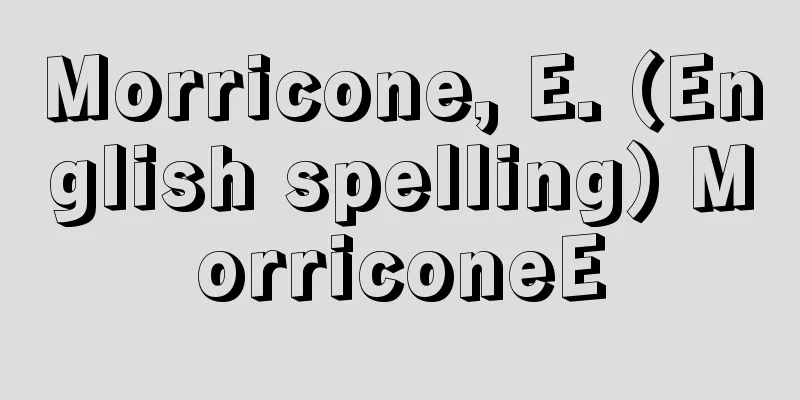Globe - Chikyugi (English) globe

|
A globe that depicts the Earth as a sphere, with latitude and longitude lines, land and water distribution, topography, and other surface conditions of the Earth shown on its surface. Because the Earth is a sphere, it has many advantages over maps that depict it on a horizontal surface. That is, a globe can depict the conditions of a wide area of the Earth's surface without distortion of distance, area, or shape, which is impossible with a flat map. Because the Earth is a sphere, it is far more useful than a map for understanding the relative positions on the Earth's surface, the Earth's motion, the relationship between day and night and the seasons, the relationship between directions, and the relationship with the Sun. Globes are also used for finding great circle routes and radio directions. On the other hand, globes are inferior to maps in the following ways: it is difficult to create large-scale globes, they are inconvenient to carry, and it is not possible to observe the entire world at the same time. Globes are hollow and made of metal, gypsum, plastic, paper, etc., and most of them have meridian rings (rings with latitude markings) attached to the North and South Poles of the Earth's axis, which is tilted at about 23.5 degrees, and are graduated at 90 degrees from the equator to both poles. Globes are generally made by cutting boat-shaped pieces of map for each fixed longitude band (for example, 15 degrees of longitude width) and gluing them together. The first terrestrial globes were made in ancient Greece and medieval Arabia after the theory of a spherical Earth was proposed. The oldest surviving terrestrial globe was made much later, in 1492 by German geographer Beheim, and is a 51-centimeter-diameter metal globe kept at the Nuremberg Museum in Bavaria, Germany. The map on the surface of this oldest surviving terrestrial globe is based on the world map of the Roman astronomer Ptolemy, but it incorporated new knowledge at the time, such as China and Japan being shown as the eastern edge of Asia in Marco Polo's Travels, and the results of the African explorations of Portuguese navigator B. Dias, which resulted in Africa being shown with the Cape of Good Hope as its southern tip. After that, the era of "discovery of the new continent" began, and various terrestrial globes were made. The first globe to appear in Japan was a European-made globe presented to Toyotomi Hideyoshi by the Tensho Embassy to Europe in 1591 (Tensho 19). During the Edo period, various types of globes began to be produced domestically. [Masami Ichikawa and Akihiro Murata] "Easy Map Introduction 5: An Introduction to the Fun of Globes" by Kazuo Watanabe and supervised by Yasuo Shimizu (1998, Poplar Publishing) [References] | | | | | | | | | | | | |Source: Shogakukan Encyclopedia Nipponica About Encyclopedia Nipponica Information | Legend |
|
地球を球形にかたどって、その表面に経緯線や水陸分布および地形その他の地球表面の状態を表したもの。 地球は球体をなしているので、これを水平面に表現した地図に比べていろいろな点で利点をもっている。すなわち、地球儀では、広い範囲の地表面の状況を距離、面積、形のひずみがないように表現できるが、平面である地図では不可能である。地球儀は球体であるから、地表上の位置関係や地球の運動、昼夜や季節の関係、方位の関係、太陽との関係などを理解するには、地図よりもはるかに便利である。また、地球儀は、大圏航路や無線方向の探知などにも利用される。一方、地球儀では、縮尺の大きいものはつくりがたいこと、携帯に不便であること、全世界を一度に同時に観察できないことなどが、地図に比べて劣る点である。 地球儀は、金属、石膏(せっこう)、プラスチック、紙などで作製され、中空であって、約23.5度傾いた地軸の北極および南極の部分に子午環(緯度目盛りのついた輪)が取り付けられ、赤道から両極へそれぞれ90度に目盛りされているものが多い。そして地軸の周りを自転できるようになっている。地球儀は一般には、一定の経度帯(たとえば経度15度の幅)ごとに、舟形の地図片をつくり、それをはり合わせてつくられる。 最初に地球儀がつくられたのは、地球球体説が提唱されてからであって、古代ギリシアや中世のアラビアであったと称されている。現存する最古の地球儀は、これよりはるかに遅れて、1492年にドイツの地理学者ベハイムが作製した直径51センチメートルの金属製のもので、ドイツ、バイエルン州のニュルンベルク博物館に保存されている。この現存する最古の地球儀の表面に描かれた地図は、ローマ時代の天文学者プトレマイオスの世界地図に依拠しているが、マルコ・ポーロの『東方見聞録』によって、中国や日本をアジアの東端に表現し、ポルトガルの航海者B・ディアスのアフリカ探検の結果を取り入れ、アフリカを喜望峰を南端として表現しているなど、当時としては新知識を取り入れたものであった。その後、「新大陸発見」時代に入り、いろいろな地球儀が作製されている。 日本では、1591年(天正19)に天正遣欧使節(てんしょうけんおうしせつ)が豊臣(とよとみ)秀吉にヨーロッパ製の地球儀を献上したのが、日本に現れた地球儀の最初で、江戸時代に入ってからは、国内でも各種の地球儀がつくられるようになった。 [市川正巳・村田明広] 『渡辺一夫著、清水靖夫監修『やさしい地図入門5 地球儀たのしさ入門』(1998・ポプラ社)』 [参照項目] | | | | | | | | | | | | |出典 小学館 日本大百科全書(ニッポニカ)日本大百科全書(ニッポニカ)について 情報 | 凡例 |
>>: Earth sciences - Chikyu kagaku (English spelling) Earth sciences
Recommend
Bosporus Strait
A strait that connects the Black Sea and the Sea ...
Tart - Tarte (English spelling) French
A type of Western confectionery. A dough made fro...
Zmaj (English spelling)
1833‐1904 Yugoslav poet and children's writer....
Kamado-gin - Kamado-gane
For example, in 1690, in Hirado-cho, one of the t...
Philippine Independent Church - Philippine Independent Church
An independent church formed in 1902 by Filipino R...
Lady Chapel (English spelling) Lady Chapel
…Since the Romanesque period, many English cathed...
Rice porridge - Rice porridge
It is a type of grain cooking method that, in a b...
Mode - modus (Latin)
A term in music theory. A series of tones that fu...
Ayasugi - Ayasugi
〘Noun〙① (Named after the twisted, tangled leaves) ...
Life history
The process from birth to death of an individual ...
Buddha's offering plate
...It is said that immediately after his birth, S...
Yurii Dolgorukii
?-1157 Prince of ancient Russia. Son of Grand Prin...
Pineapple flower
Although it has the word "pineapple" in ...
Thelyphonida
...A general term for arthropods belonging to the...
Incilaria fruhstorferi (English spelling) Incilaria fruhstorferi
…[Tadashige Nabe]. . … *Some of the terminology t...









